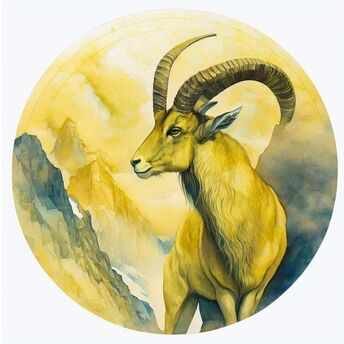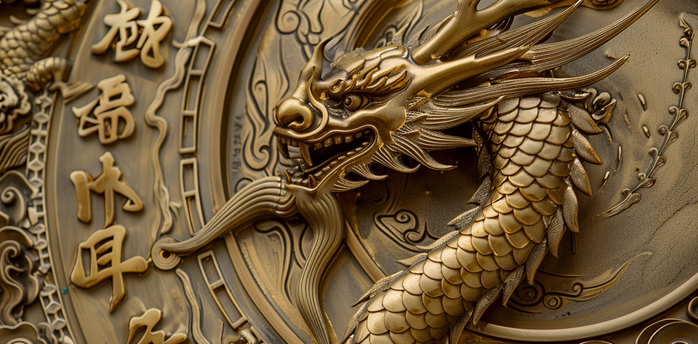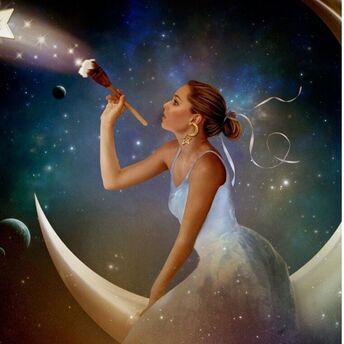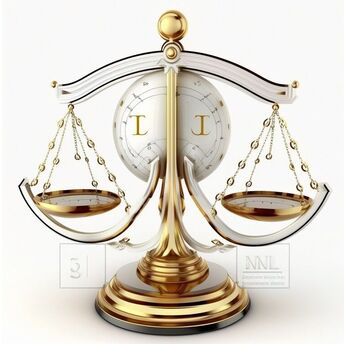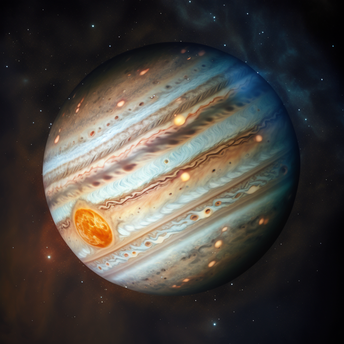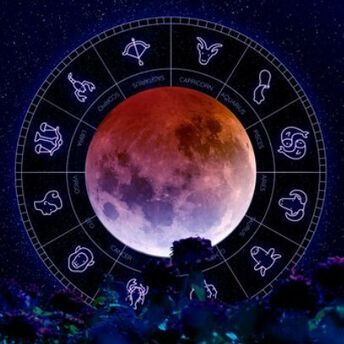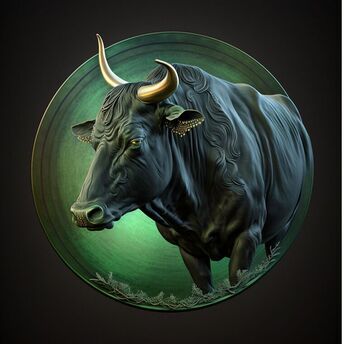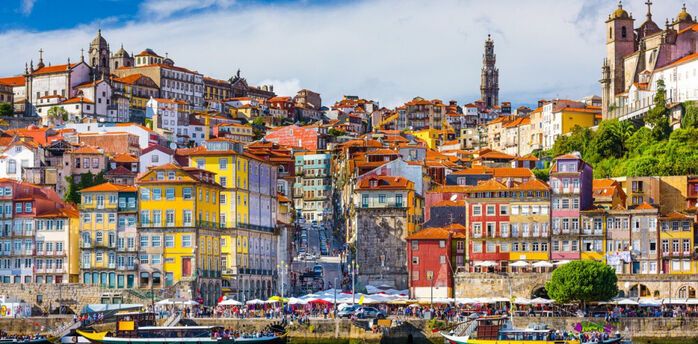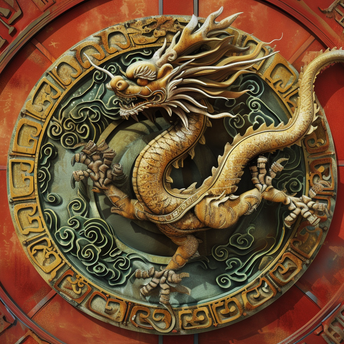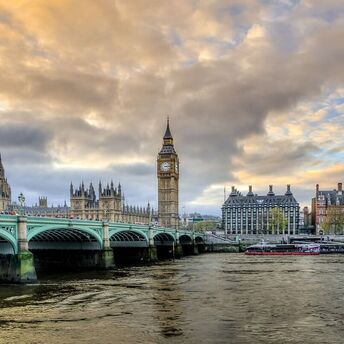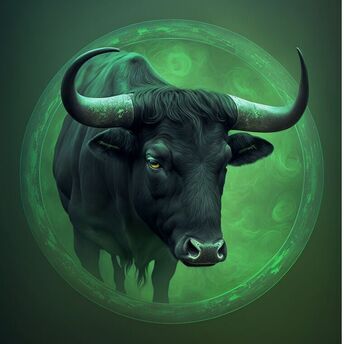The best time to visit Finland for adventure and watching the Northern Lights has been named

Finland is a year-round destination that attracts visitors with its lakes in summer and ski slopes in winter. Fall and spring may not be as busy, but there is one big advantage to these seasons: the northern lights.
It may sound like a cliché, but there really is no bad time to visit Finland, as each season offers different moments, reports Travel + Leisure.

Tourist seasons in Finland:
High season: summer and winter.
Shoulder season: fall.
Low season: spring.
Best time to visit Finland without crowds
It's easy to find peace and quiet in Finland throughout the season - there's plenty of nature - but if you're looking for smaller crowds at the country's top attractions and most popular spots, visit in spring. "In spring, the days slowly get longer and the sunshine starts to reappear after the dark winter months," says Mary Sipilä, PR and Media Manager at Visit Finland. "Spring also offers the best skiing conditions in Lapland until early May."
The Northern Lights are also visible throughout most of spring, with a surge of solar activity often occurring during this period.
The best time to visit Finland for good weather
The best weather really depends on what activities you want to enjoy. For skiers, good weather means low temperatures and snow. "For winter activities, March is the best time to go because it has the best snowfall," says the expert.
But for sunny and warm weather, you'll want to visit in the summer or early fall.
The best time to visit Finland at lower prices
Since spring is technically the low season, you'll generally find lower airfares and hotel prices. But spring is still a great time to visit Finland - take advantage of the lower prices and enjoy the northern lights. One caveat: as March is a snow month, ski resorts may still offer higher prices. In late spring you can find better discounts.
Best time to visit Finland for the northern lights
The Northern Lights are visible all year round, but that doesn't mean you can see them every night. You'll need darkness to start with - and Finland doesn't have much of that in the summer. As with all northern destinations, the country experiences a midnight sun north of the Arctic Circle, meaning the sun never goes below the horizon. And even in the southern parts of the country, you're likely to have at least some light in the sky almost around the clock. For this reason, winter is a much more popular time to see the aurora borealis because it stays dark for longer.

